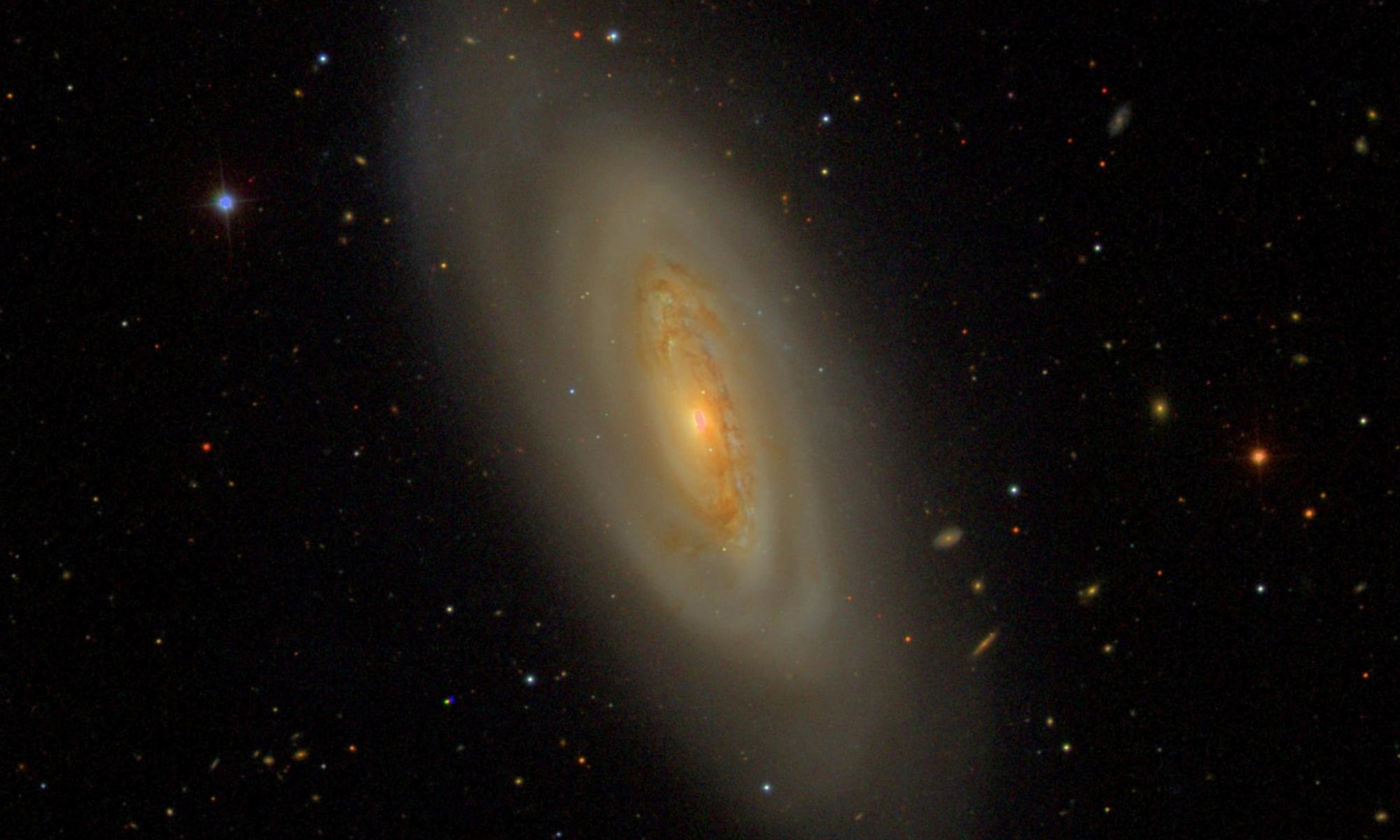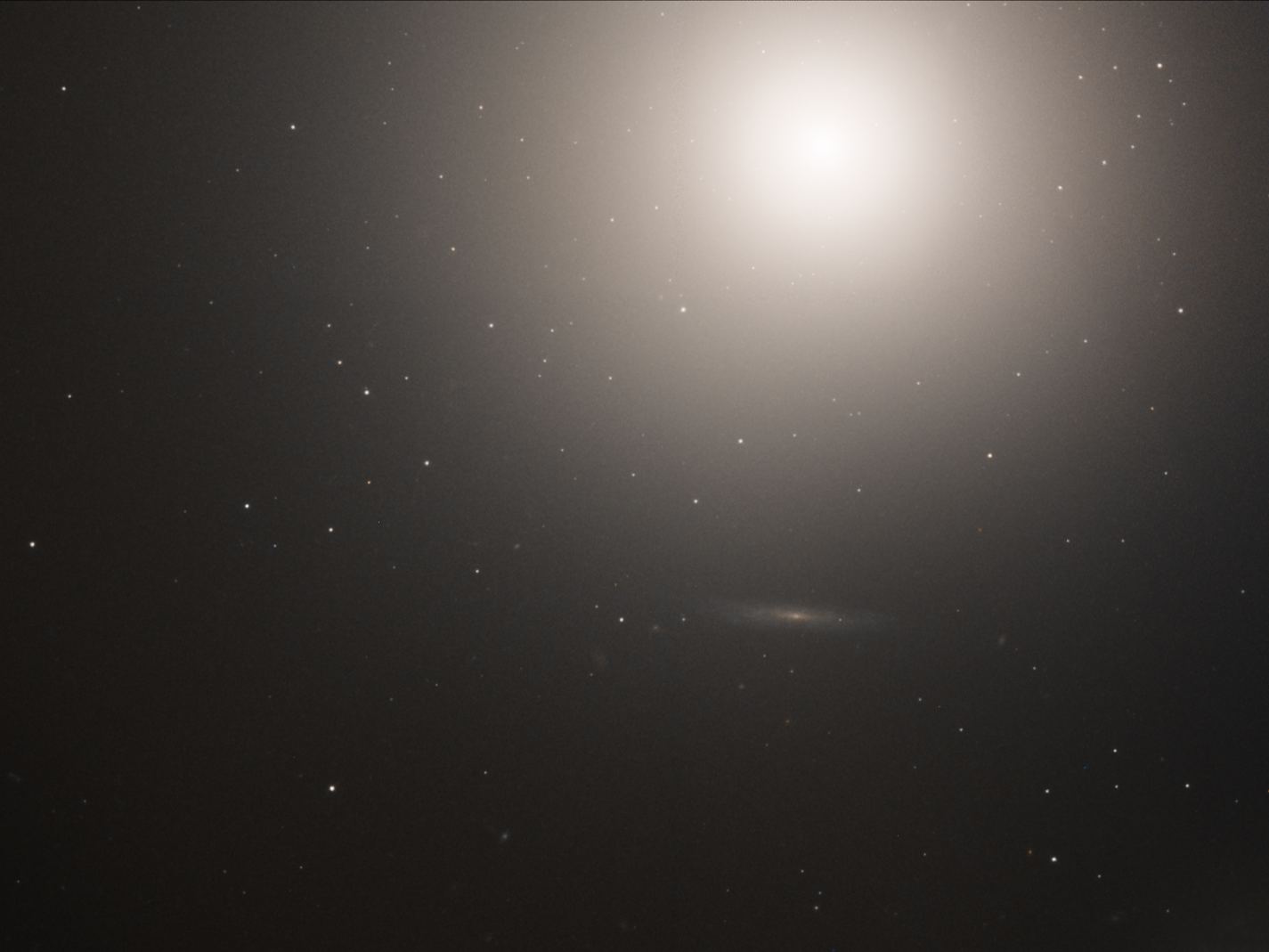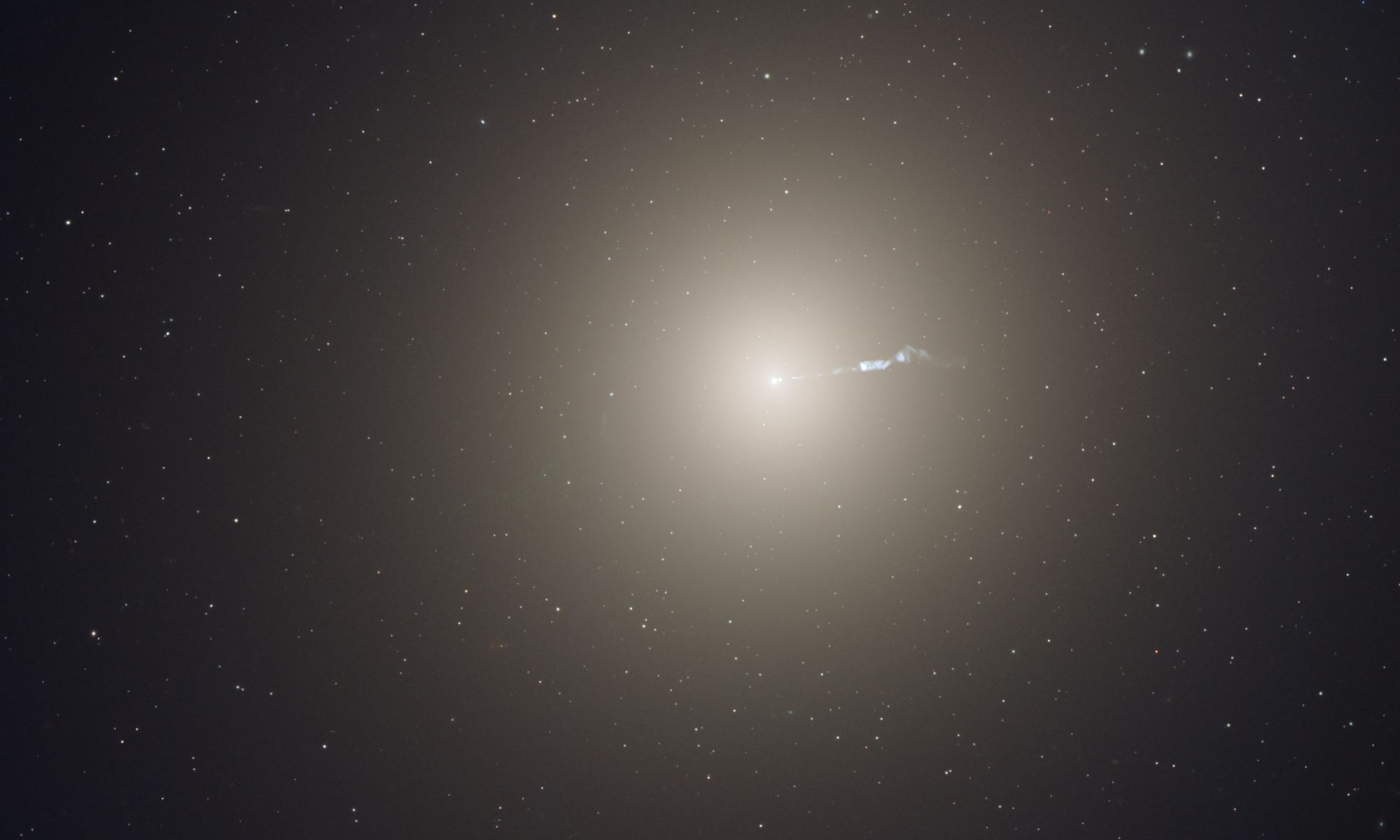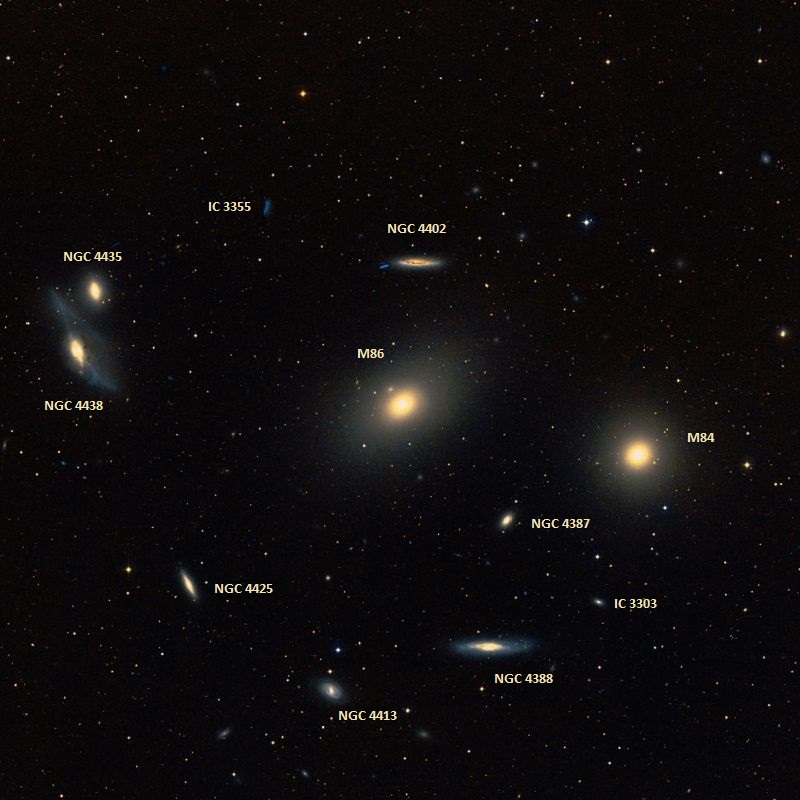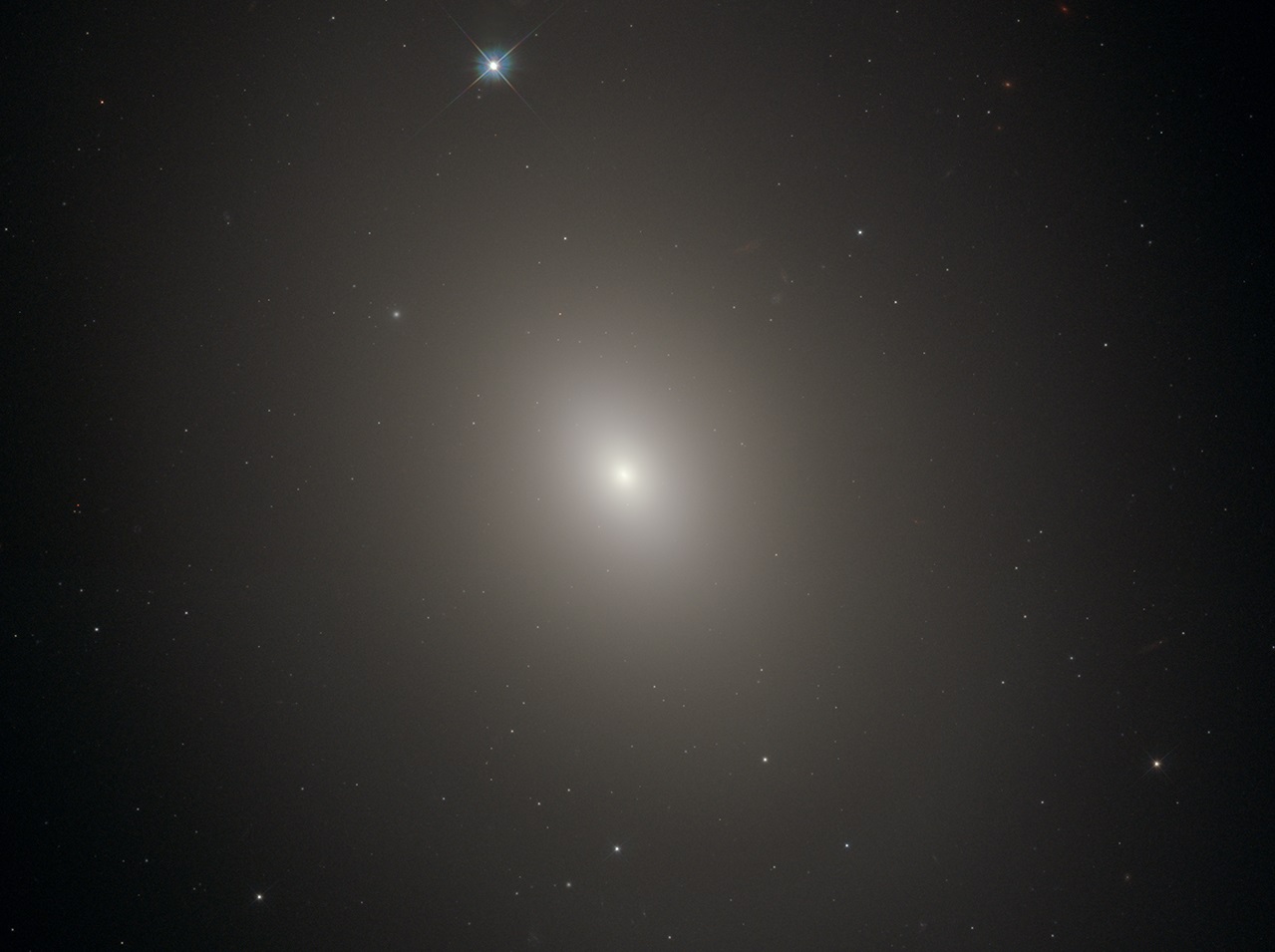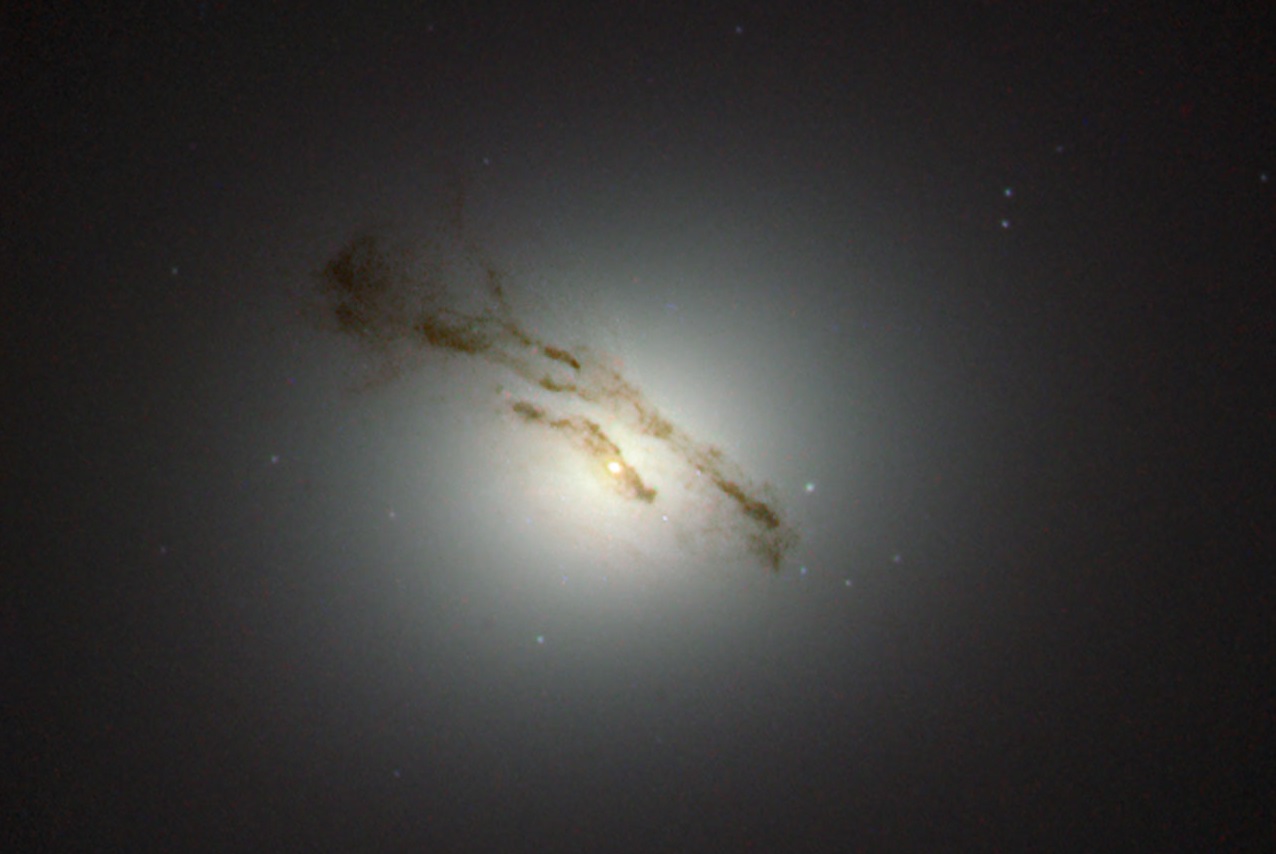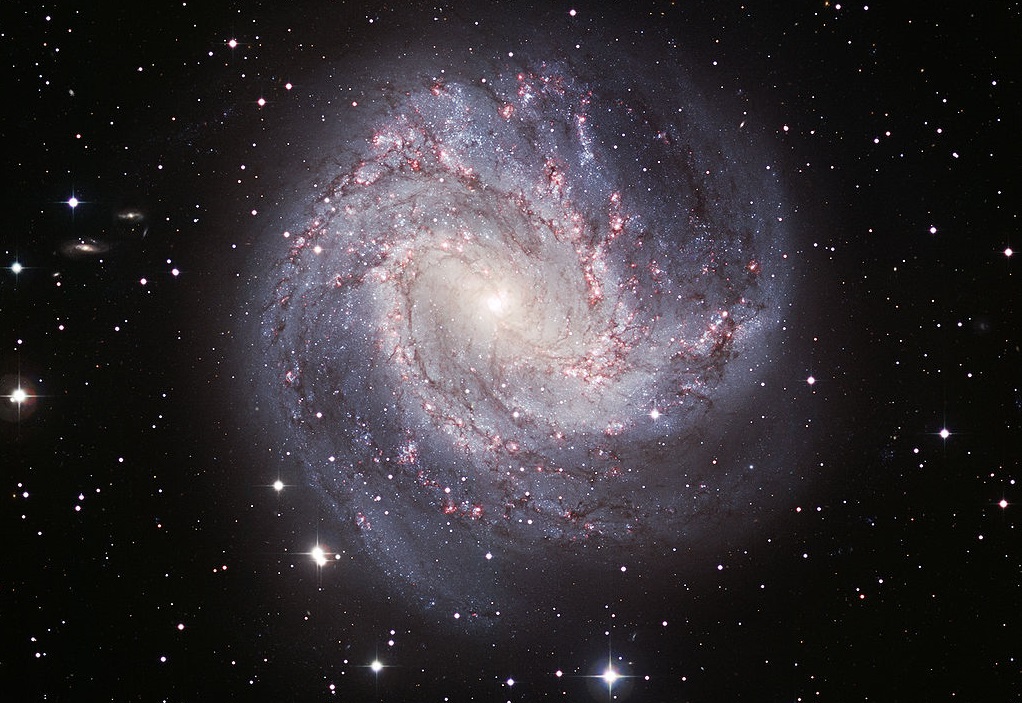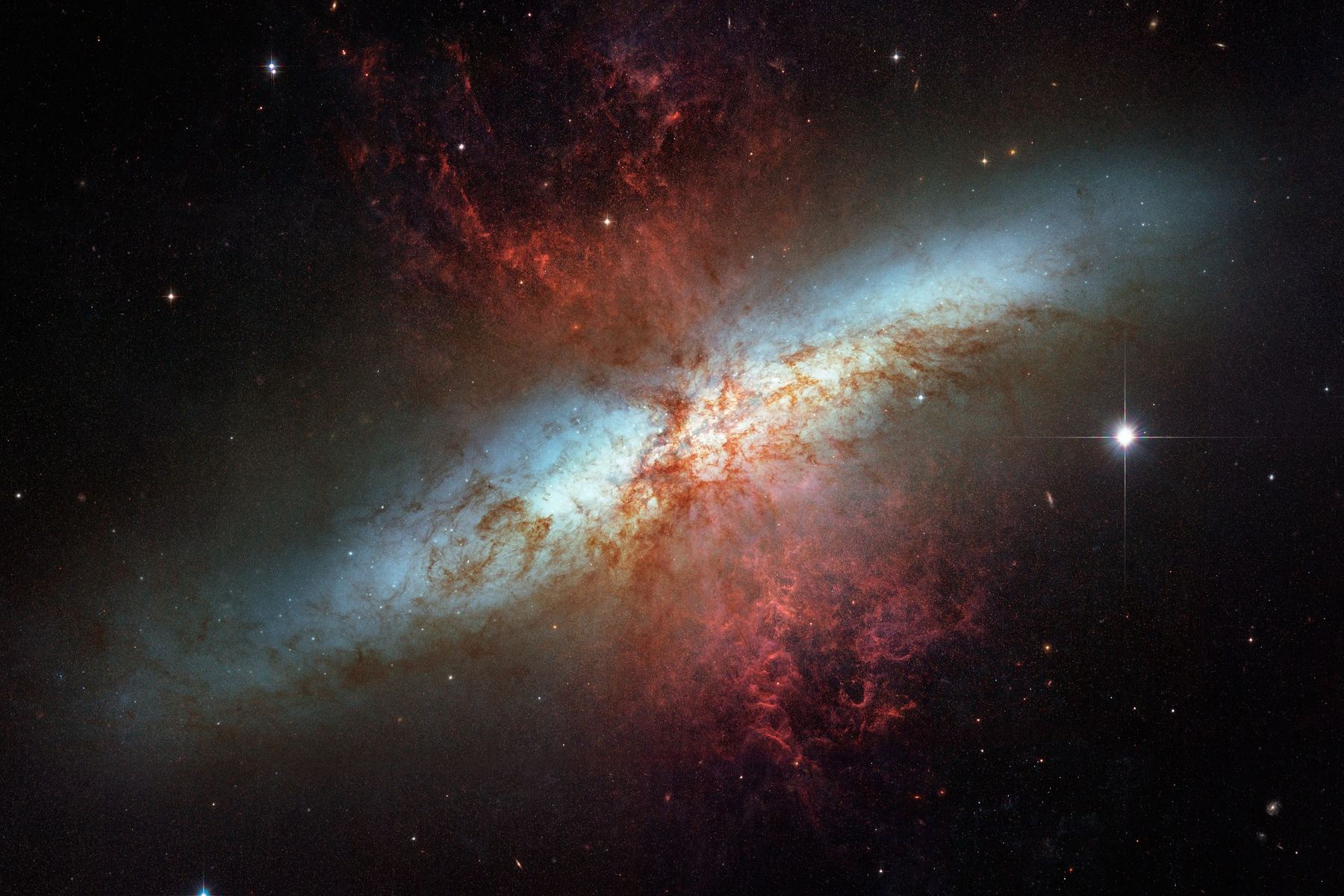Welcome back to Messier Monday! Today, we continue in our tribute to our dear friend, Tammy Plotner, by looking at the approaching spiral galaxy known as Messier 90!
During the 18th century, famed French astronomer Charles Messier noticed the presence of several “nebulous objects” while surveying the night sky. Originally mistaking these objects for comets, he began to catalog them so that others would not make the same mistake. Today, the resulting list (known as the Messier Catalog) includes over 100 objects and is one of the most influential catalogs of Deep Space Objects.
One of these objects is the intermediate spiral galaxy known as Messier 90, which is located about 60 million light-years away in the constellation Virgo – making it part of the Virgo Cluster. Unlike most galaxies in the local group, Messier 90 is one of the few that have been found to be slowly moving closer the Milky Way (the others being the Andromeda and the Triangulum galaxy).

